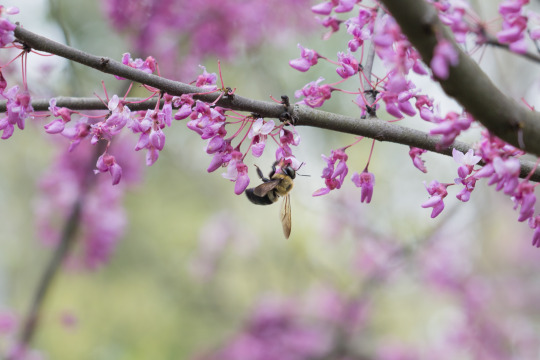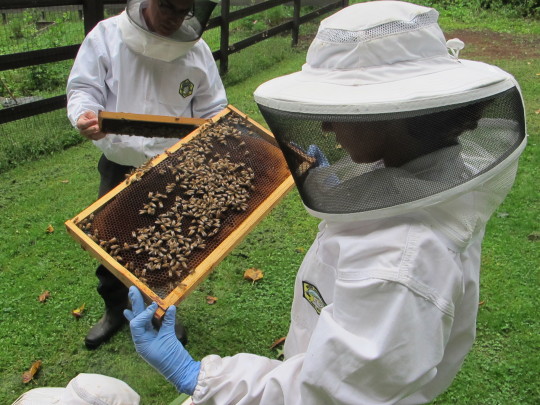If you’re squeamish, this blog post might not be for you. We are deep diving in the world of vomit. Did you know insects like bumblebees vomit just like we do? Humans tend to vomit (upchuck, throw up, whatever you want to call it) as a reaction to something we don’t like or a sickness. However, bees are more methodical with their vomit.
The Thought Process

Bumblebees put a lot of thought into choosing which flower to gather nectar from. Some common factors are how far the flower is from the hive, the shape of the petals, and how sugary the nectar is.
A recent study published in the Journal of Royal Society Interface shows bees also consider how long it will take for them to vomit the nectar back up.
Bees will go out on foraging duty to drink and collect the nectar. Then, they return to the nest and regurgitate the nectar into wax honeypots so the other bees can have nectar.
Observing the Bee Vomit

Bumblebee vomit is something that is normally overlooked when observing the insect. Scientist Dr. Johnathan Pattrick from The University of Oxford was so intrigued he set up a nest to observe this important step.
In his lab, Dr. Pattrick’s team set up a nest and filled it with Bombus terrestris, which is Europe’s common bumblebee. The experiment started off by giving the bees access to three different sugar solutions of different thicknesses, one as thick as maple syrup and the thinnest being a soupy liquid. The object was to see which solution the bee preferred and the timing difference between how much they’re slurping and the thickness.
Scientists found that the thicker nectar could take almost 2 minutes for the bee to throw back up. When vomiting up the less thick solution, the vomiting was faster and less energy intensive. Overall the bees chose a less concentrated nectar so they could get the job done in a timelier manner.
How Can We Help
Dr. Pattrick’s study helped us realize that vomit and regurgitation is actually very important to consider during the process of pollination. One thing we can do to make this process easier for bumblebees is be cautious of what flowers we are planting. This video from Cambridge University does a great job at demonstrating what research is being done in pollination.
Fun Fact
Bombus dahlbombii is one of the largest species of bees in South America. The queen bees can grow up to 40 mm long and have been described to look like flying mice.
